The co-founder of Dazed Media and Nowness – and the recipient this December of a British Fashion Council (BFC) Special Recognition Award for ‘Cultural Curation’ – meets The Impression to talk about his ‘open source’ approach to idea generation, the trouble with the big tech dream, the importance of physical space in a digital world, and how brands – as much as the next generation – give him reason to feel positive about the future…

‘Over the past three decades, Jefferson Hack’s commitment to empowering youth through creativity has defined the zeitgeist and shaped the future, making him one of the most exciting creative voices of a generation,’ says Caroline Rush, the BFC’s Chief Executive. It’s a lot to live up to. But when he meets us at the Dazed HQ in London’s 180 the Strand, the voice of a generation turns out to be softly spoken, generous and modest, albeit with a calm sense of authority. The fact that he wanted to talk to us in person, in the versatile meeting space Reference Point, is significant. ‘It’s our community space,’ he explains. ‘It was a post-pandemic move on our part to open up to the public. Anyone can walk in: it’s a bookshop, a library source, a bar. Five nights a week there’s programming. There’s a chess club on a Wednesday, there’s a film night, there’s all kinds of happenings, from book launches to art exhibitions to talks.’
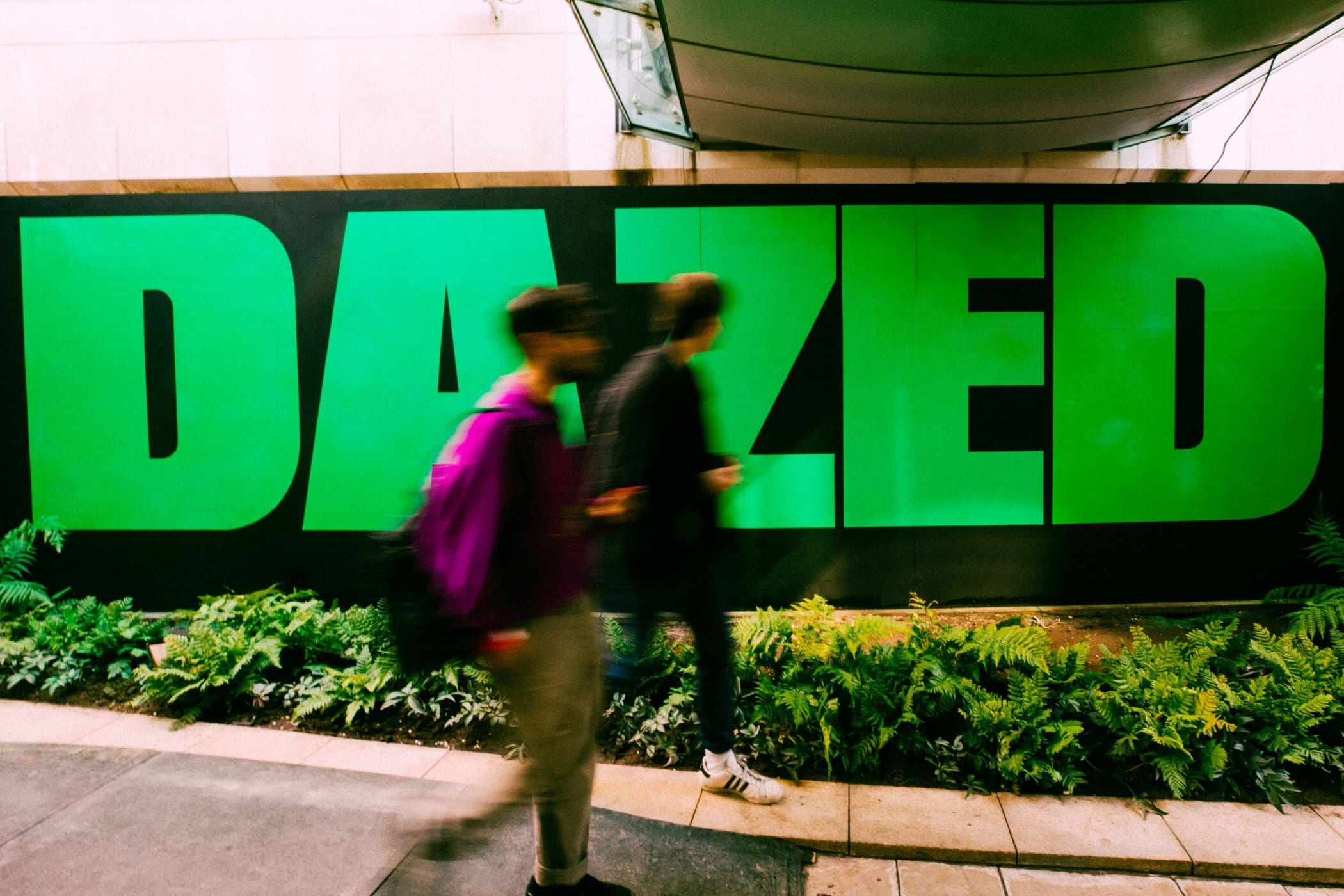


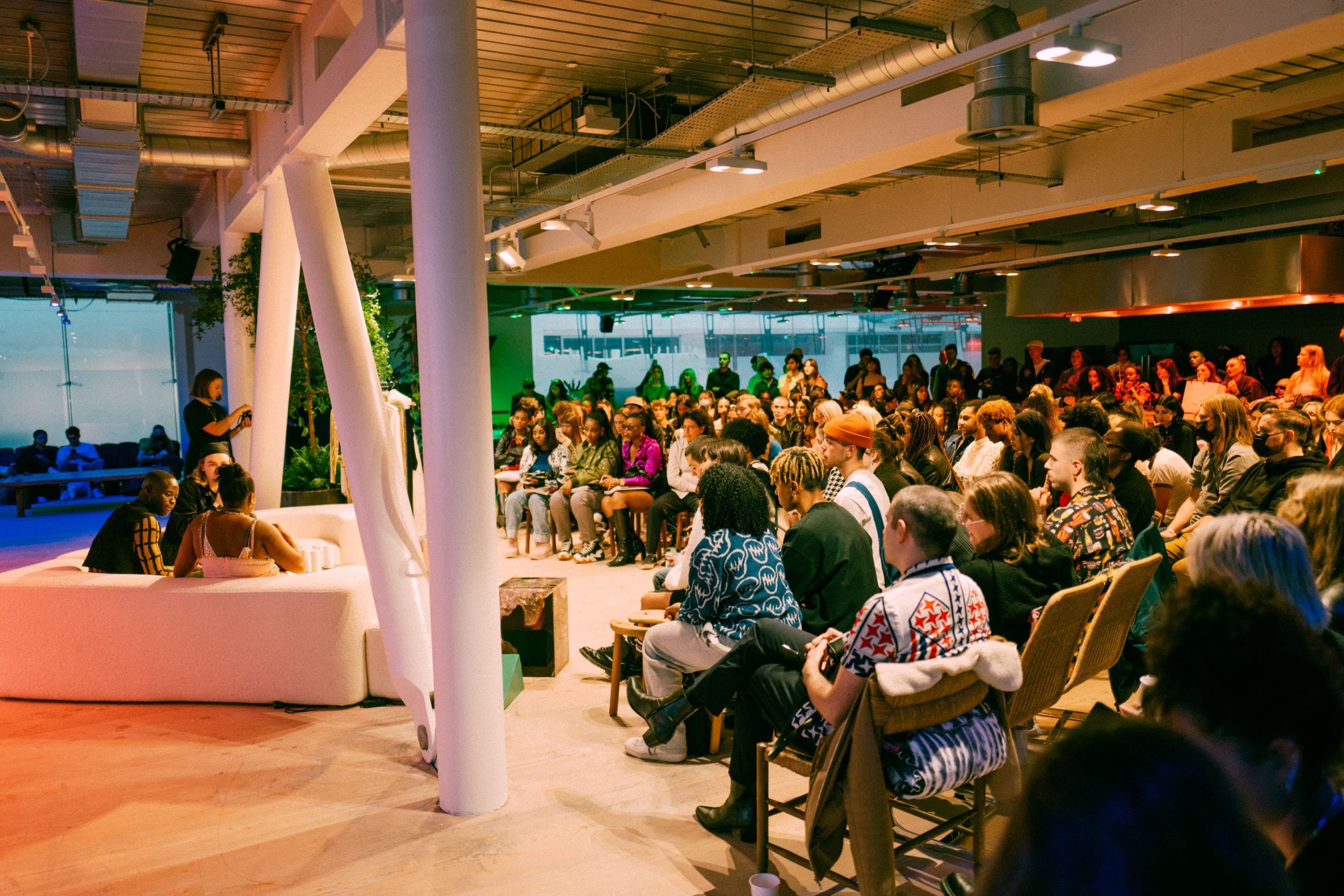

As he gives us a whistle-stop tour of the building, Jefferson is clearly enthused by the idea of using physical space to ‘inform and inspire the next generation of media makers and artists’. There are studios purpose-built for podcasts, videocasts and livestreaming – plus a broadcast stage with LED wall and floor that can be used for events and new types of content creation as well as to create training programs.
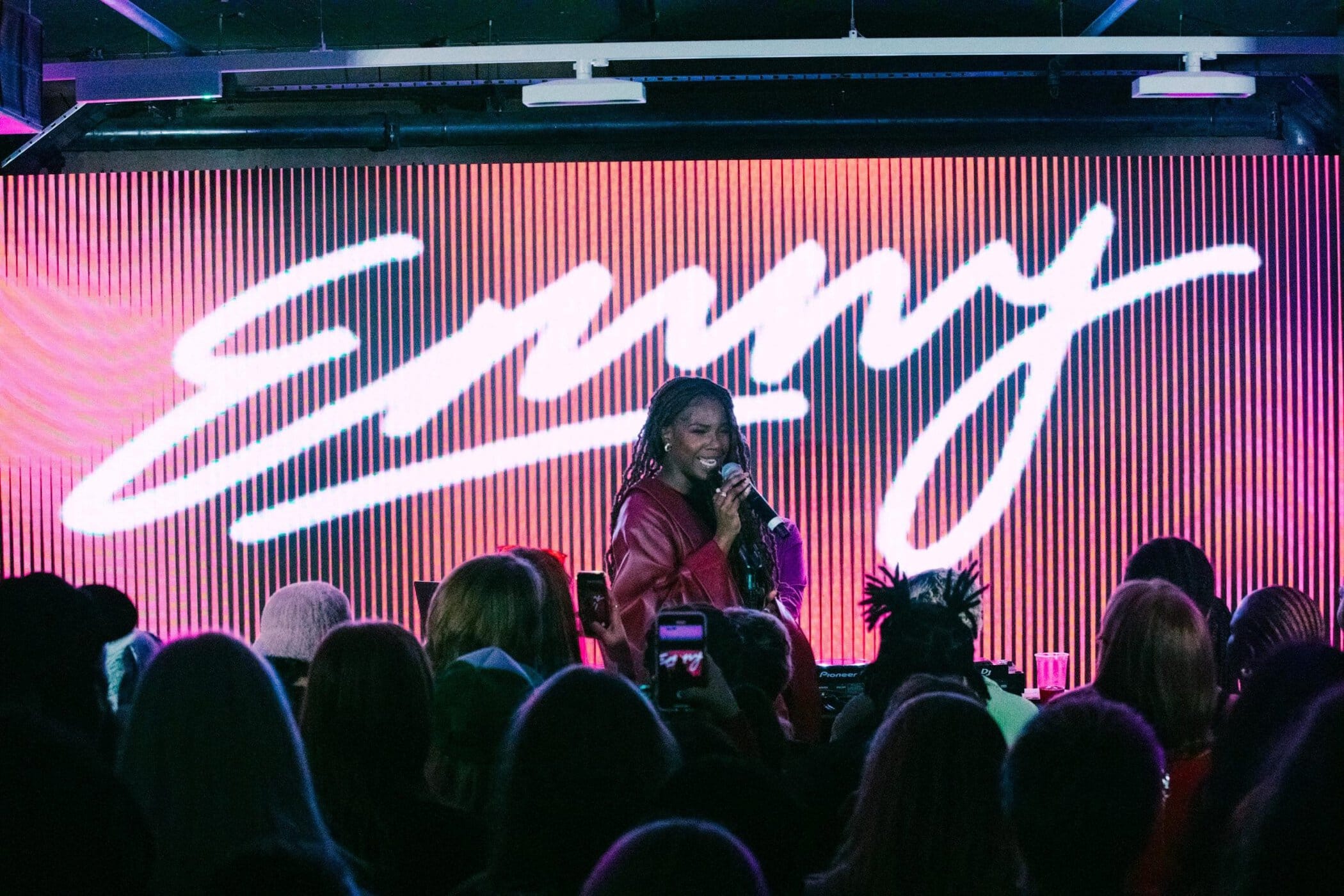
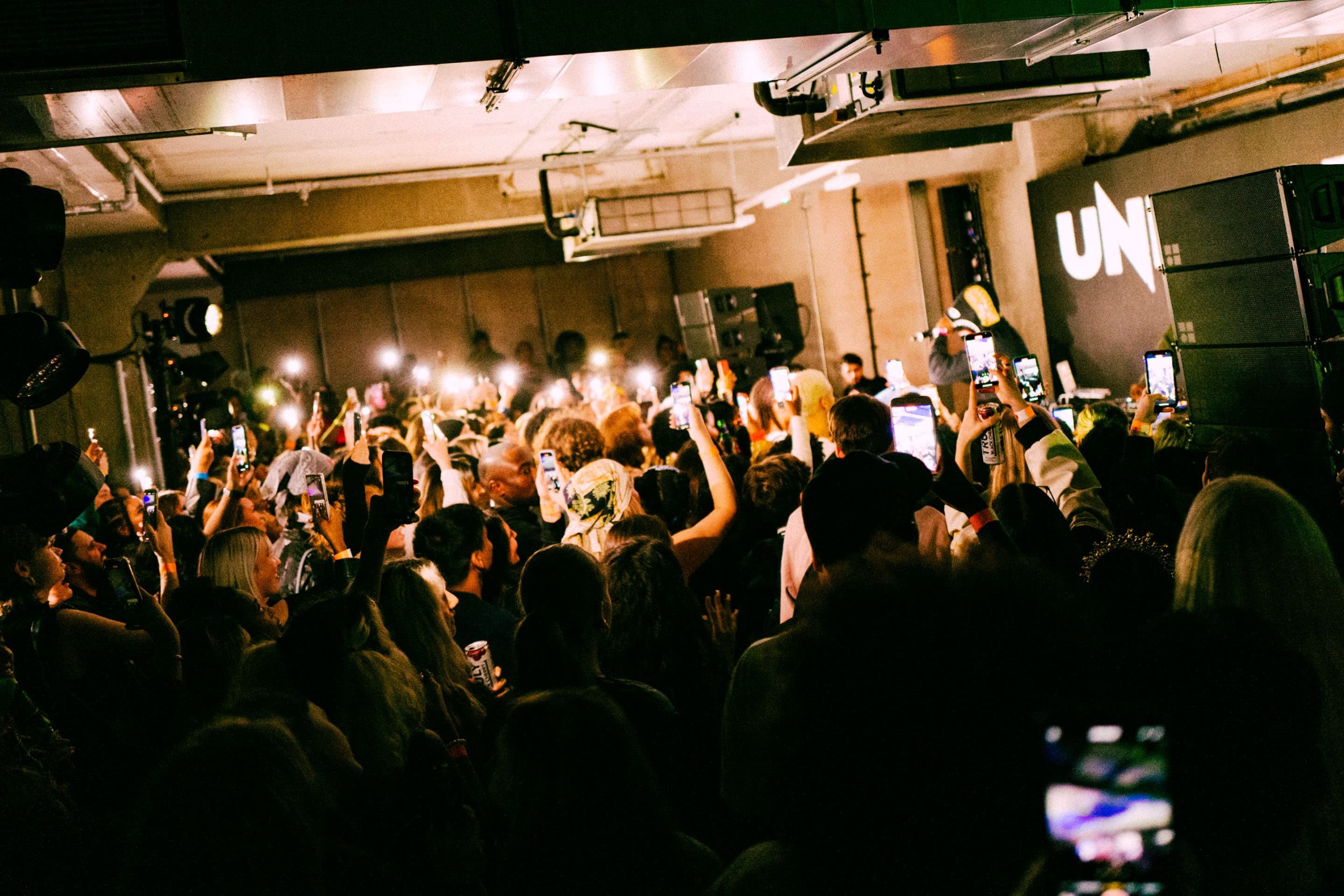
This willingness to not only imagine how the future of content will look, but to also build the infrastructure to support it, is key to how Jefferson sees the role of Dazed Media. ‘This is the digital version of the analog community you see in Reference Point,’ he says, explaining how they are working with partners including Unreal and 180 to create training programs, creating ‘a pipeline for the metaverse and web3’. And, while ‘obviously there’s a lot that kids can do on laptops from their home, coming into physical spaces to use this kind of technology is a game-changer.’
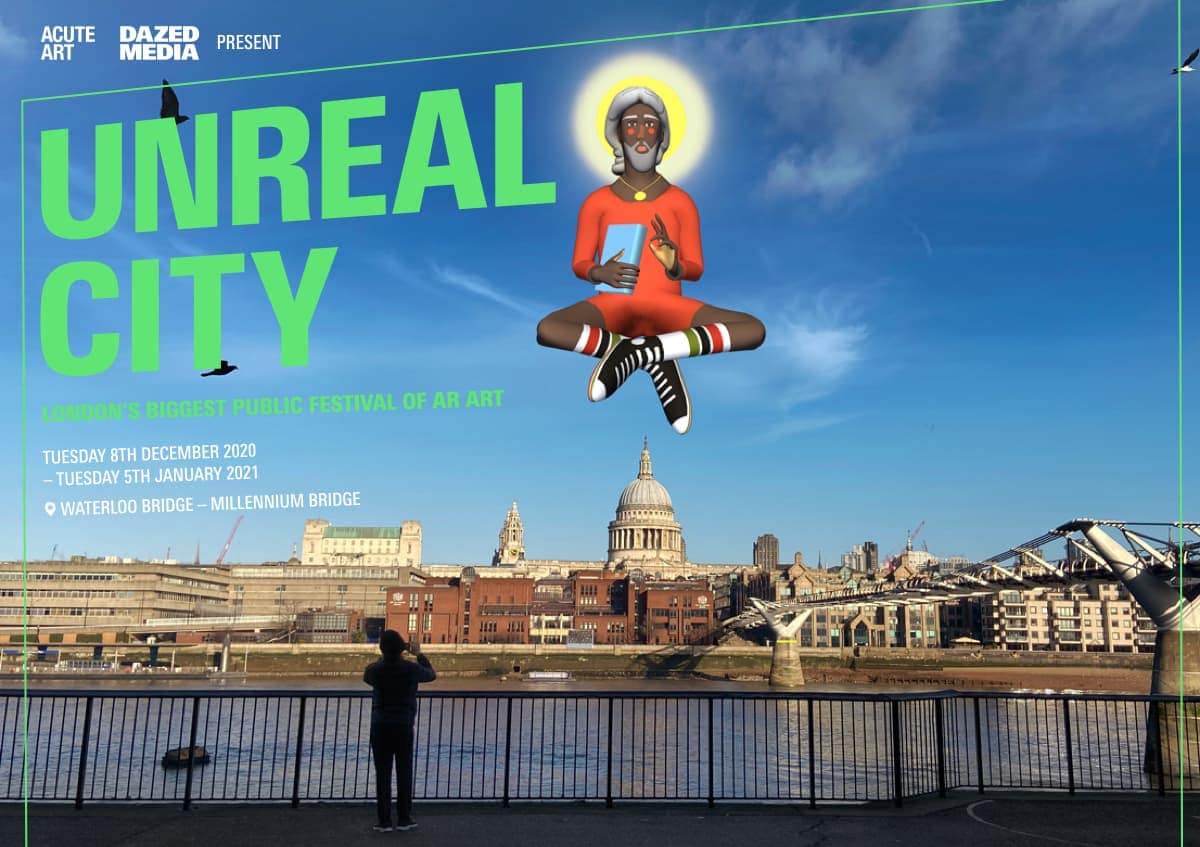
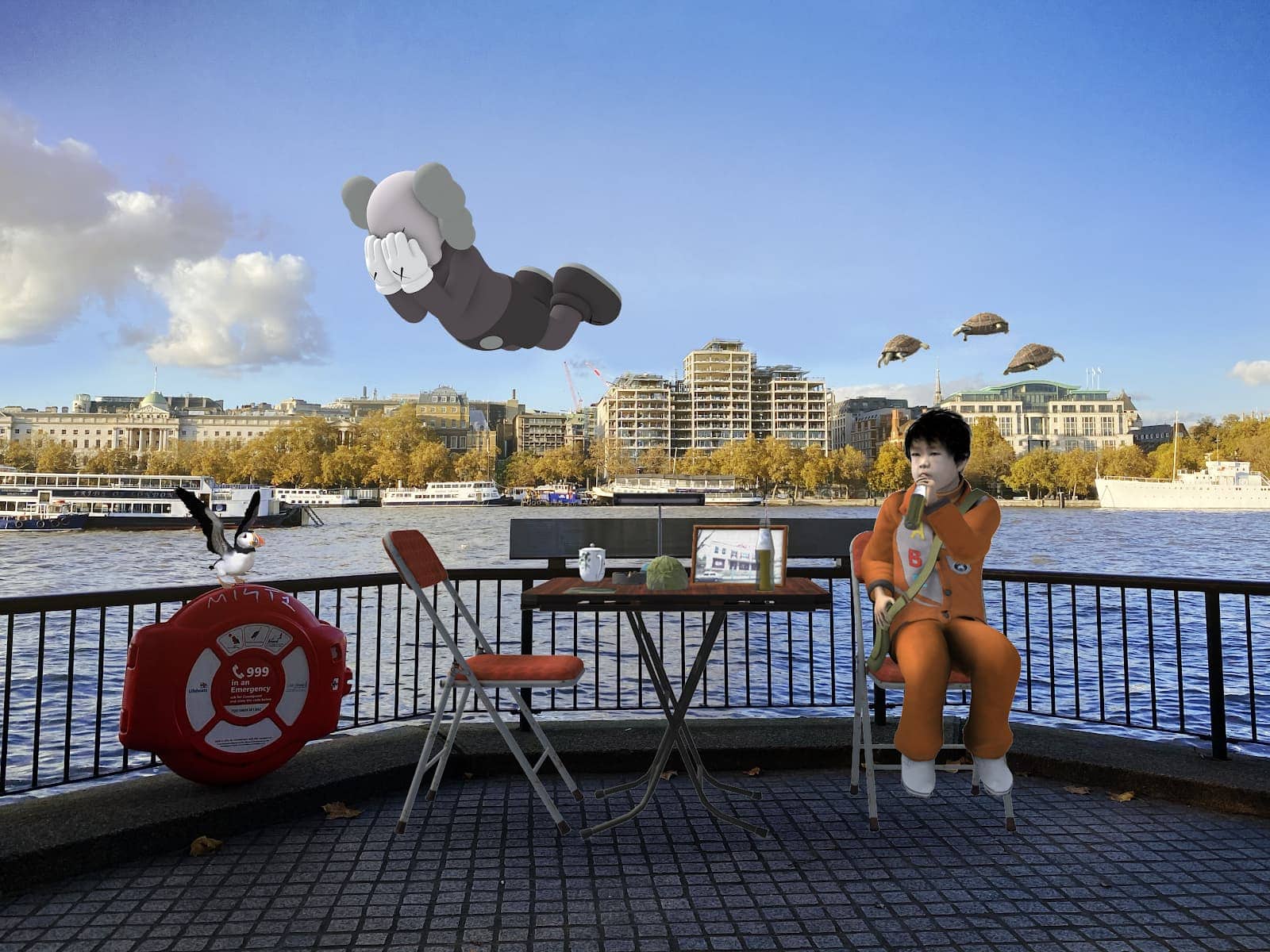
More than simply a ‘Cultural Curator’, Jefferson is also a facilitator. He talks of his ambition to ‘work with talent to enable them to build their own media brand, almost open sourcing Dazed, saying to people, look if you want to make your own magazine, make it here. Make the next Dazed here. Because it’s really tough out there. The landscape is bleak. It’s becoming more and more difficult to have any kind of independent movement – self publishing, self producing – whether that’s in film, art, documentaries, architecture, design… it’s become such a corporate-driven culture, largely led by giant tech companies. And we’re trying to address that.’
Finally, we sit down to take stock, to not simply look back over a 30-year career, but to discuss where he sees the media landscape heading next…
Mark Hooper: It must be nice to receive an award that acknowledges what you’ve done for other people.
Jefferson Hack: I’m really honored and flattered. Last year was the 30th anniversary of Dazed, so it’s also coming off a period of reflecting on the early days and what’s been achieved with that publication. I’m glad it’s not a Lifetime Achievement award, because that usually means it’s over! I think I’ve got a lot more to give. I’m all about the future – what’s next, who’s next, and creating the right space and conditions to try to make that happen.
I really come from that mentality and ethos of ‘Do-It-Yourself’, an independent way of thinking where ideas lead and money comes after. Where it’s about raw talent, raw ambition, and not business plans and all of that. And I think we’re in a difficult time of cultural homogenization, reduced risk-taking, lack of an underground, lack of avant-garde-ism. You see the corporatization of club culture, all of the alternative spaces in cities becoming gentrified, and those things being moved out of the center. So it has become more important, the work we do within our platforms.
Mark Hooper: Does print still have the cachet it used to?
Jefferson Hack: I tell you what, there’s not one music act, not one fashion designer, not one young, cool, hip artist, who would trade to be on social media versus being on the cover of a physical magazine. They all want that cover. They all want to be in the pages of a magazine: to be in print. Why is that?
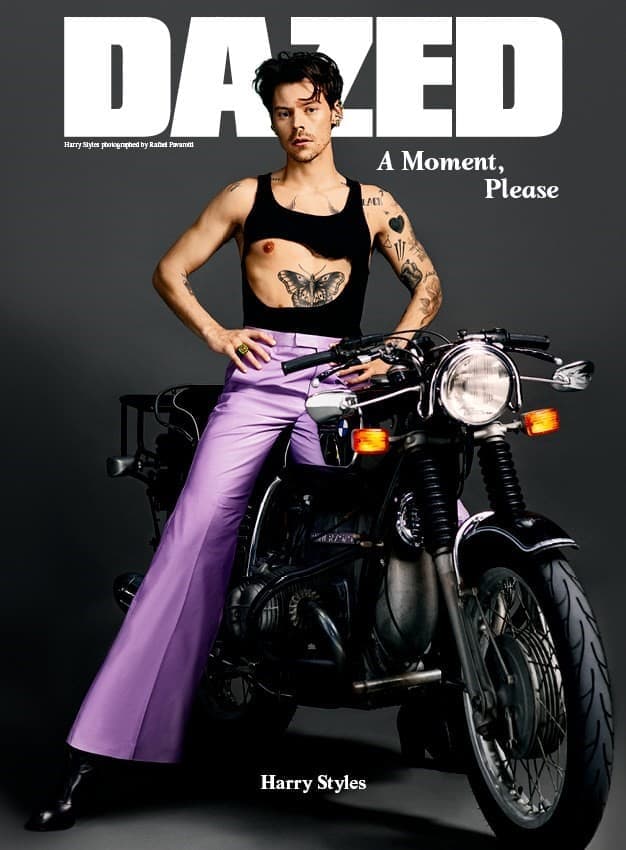
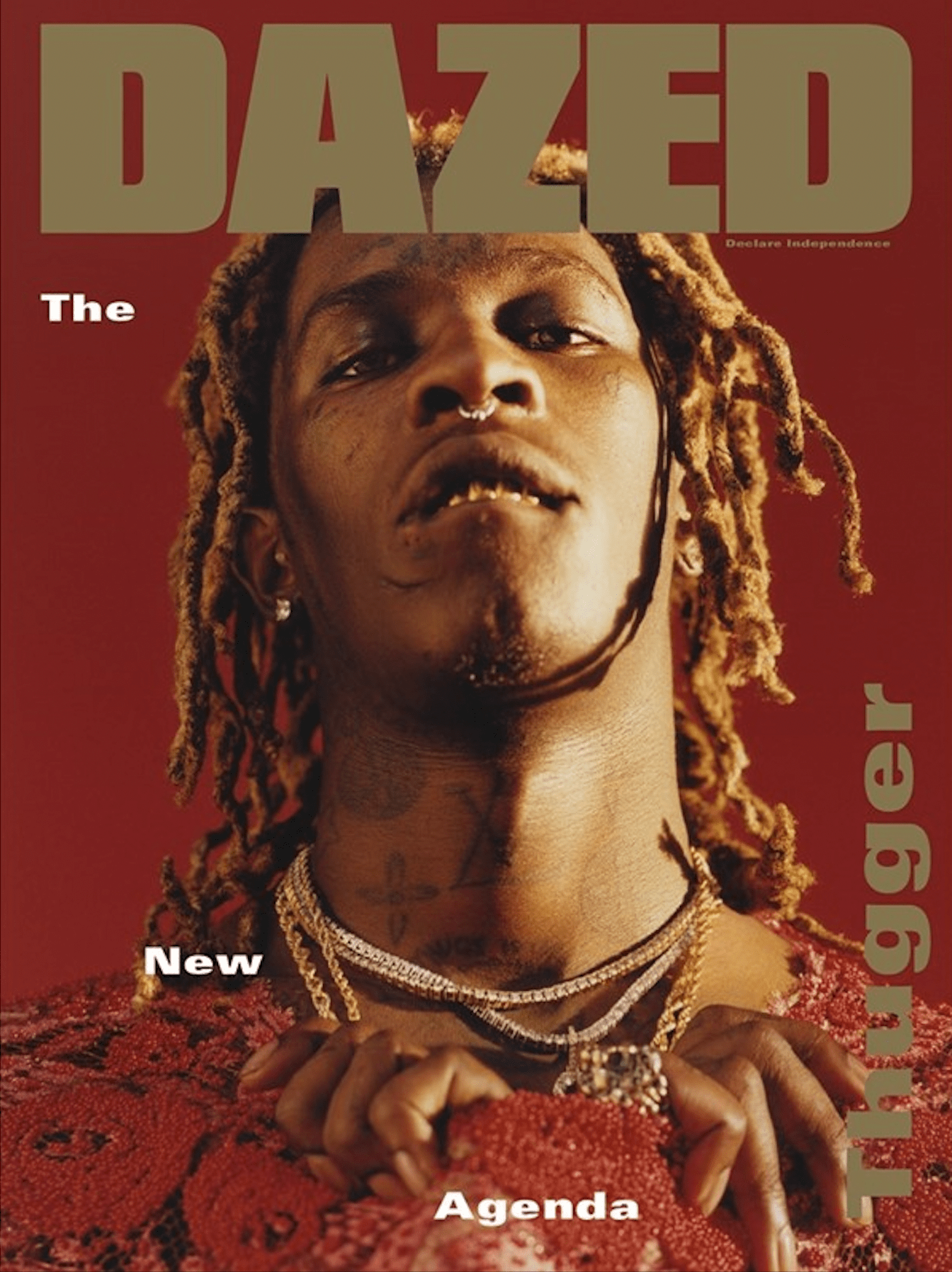


Mark Hooper: It’s tangible isn’t it? It exists…
Jefferson Hack: I know why that is – and so do you. But I think that we got sold a dream from Silicon Valley that was very dangerous: that their technology was going to revolutionize media and advertising. They were saying, we’ll plug you into the matrix, we’ll hyper-target your audience and we’ll get you exactly the customer profile that is right for your brand, and you’ll get zero wastage. And give us all your money! Oh, and content should be free. And the reality is, it hasn’t worked. It doesn’t do anything for brands long term.
I think fashion and luxury brands were always really wary of that, because they’re dealing much more with the idea of credibility. Whereas if you’re dealing with mainstream consumer products, credibility isn’t really part of the equation – it’s just about its functionality and its price. In media, in our part of the bubble, print, events, connecting with the right audience – that really, really mattered. When I set up Dazed, when we developed the platform and transitioned into digital and social, we were always very wary of just following the latest tech trend.
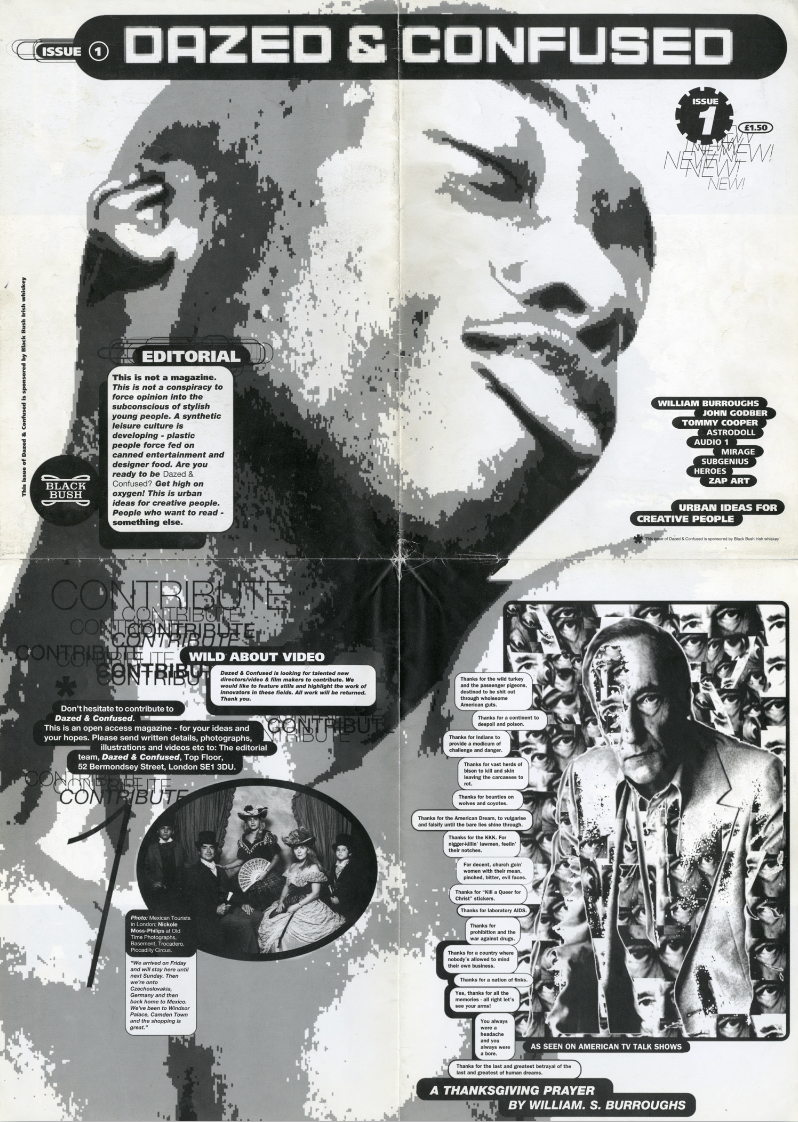
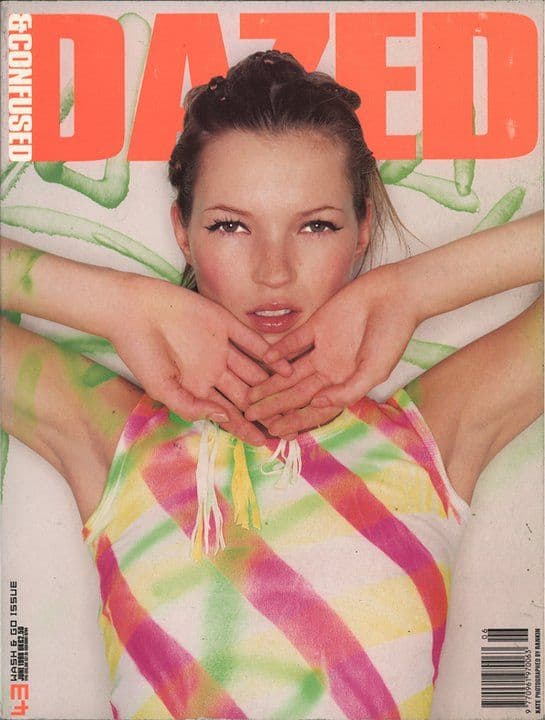

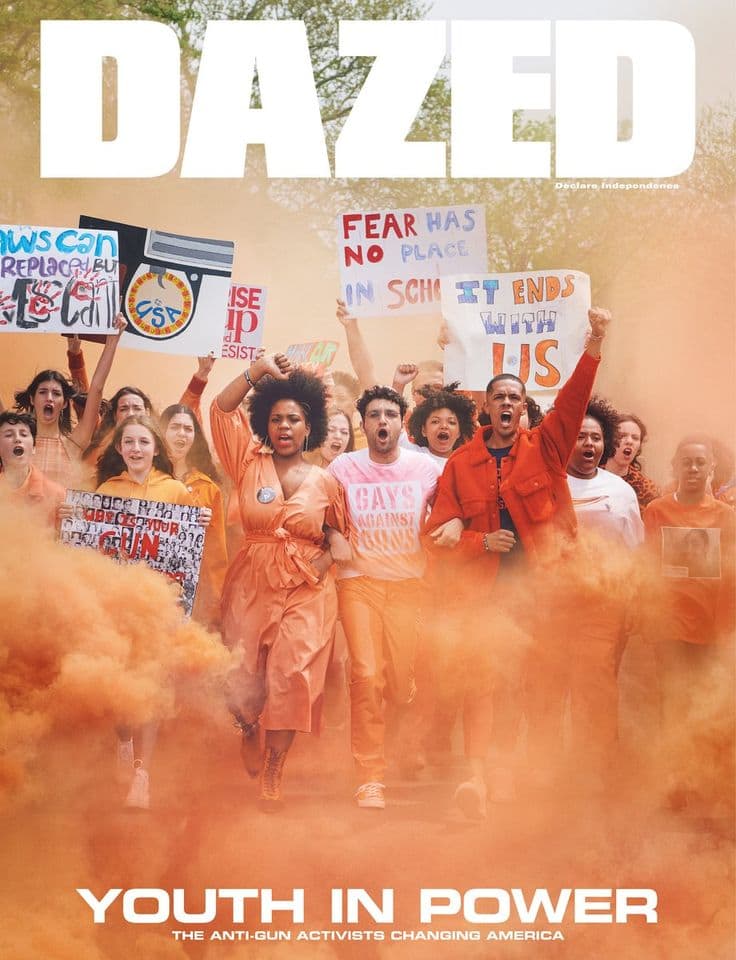
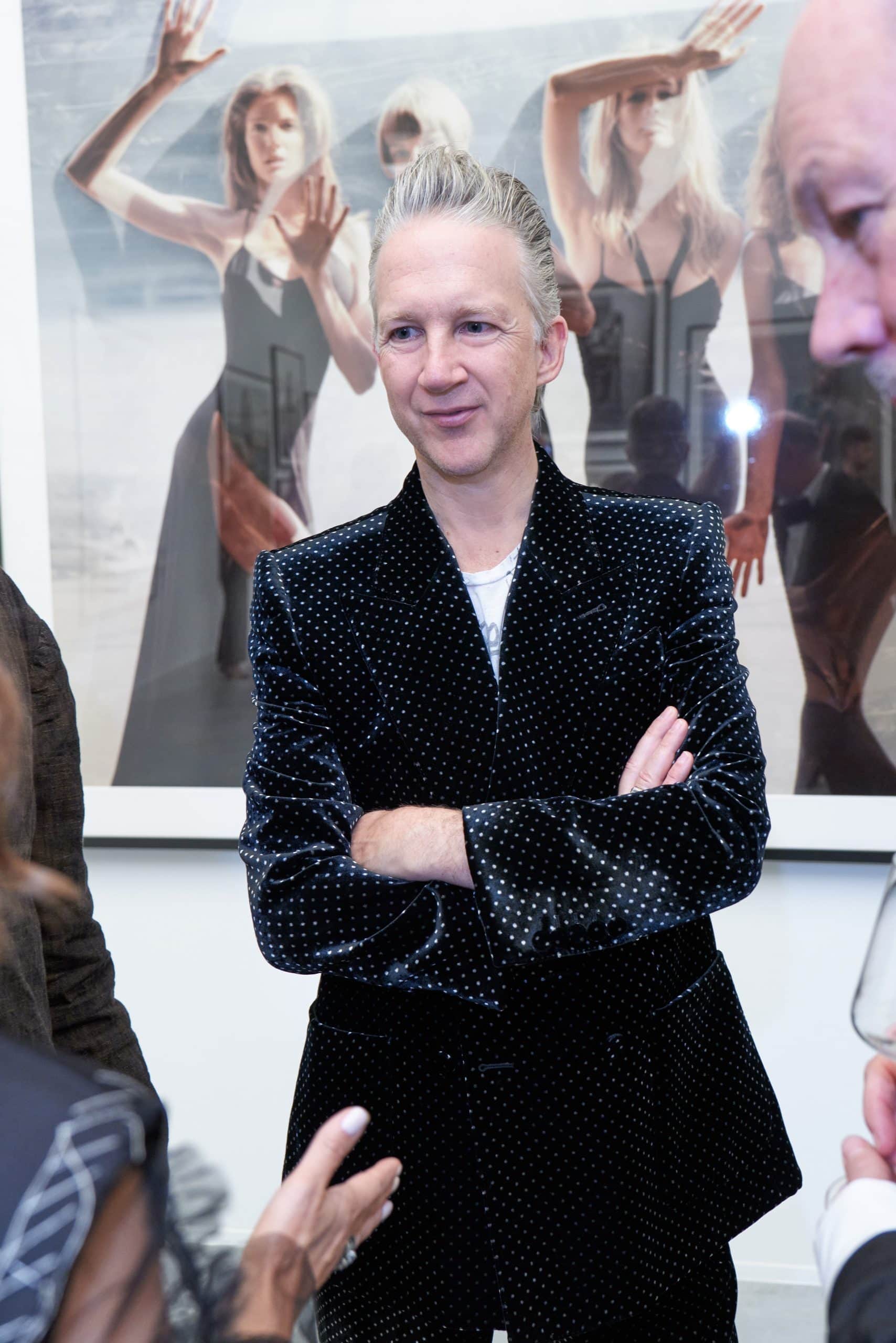
I think advertisers and media – the ones that really care about the customer – are now starting to rethink how they use technology, in a way that is on their terms.
– Jefferson Hack
Jefferson Hack: The con was that everything could be automated, and that algorithms could do the job of humans. What we’ve realized, by taking the long road on this, is that curation matters. Human curation in tandem with automation is important. But you can’t replace what we do in an automated way. That creates all the problems that advertisers are now facing, not wanting to be placed among content that is brand damaging. And the huge wastage of that – how many fucking bots are in that audience?
Mark Hooper: So where do we go next?
Jefferson Hack: I think that the future of brand communication will be providing more value to your audience, and not being devalued by letting tech companies and social media giants use their algorithms to direct your brand advertising. So actually, doing more curated cultural content with publishers, influencers, and creatives that can tell a brand story well on different platforms – but it has to have a resonance to it that can be felt by the audience. It isn’t just bits of content swimming around an algorithm. That’s really important.
The problem we have now is one third of young people in America want to be an influencer. And more and more people are spending more and more time on games, because they’re escaping from reality. Now – is that a problem or is that an opportunity? I’m excited by the opportunity that represents – to do interesting things with it. What if one in three of those young people actually wanted to use social media to be really interesting leaders of their community, to create cultural change? What if those young minds that are spending all their time in games end up building amazing web applications that are going to help people with mental health issues? What if media like Dazed can inform and inspire new creative dialogues about how young people want their future to be?
All we want to do with our platform is to give young people a voice. Their voice shines through, and what they’re saying to us is: climate change is an issue, mental health is an issue, we don’t trust politicians, we don’t trust advertisers, but we’re not cynical. Our generation will change things. We’re more highly connected than any other previous generation. And we believe in the power of the collective, shared mind. Sharing information will solve problems. And together we are stronger than we are alone. That’s what we’re hearing.
What we’re doing is platforming those voices, and I’m so proud of the work that we do. Our mission statement is: ‘Empower young people through creativity’, which runs through every piece of storytelling that we do. It’s our playbook, it’s how we talk to each other, it’s what we send out to our partners. I don’t see that as being the playbook of other media.
We’ve constantly been challenging and expanding the idea of what a media company is – for me, the number one thing is to be open and accessible.
And to keep that openness going over the past 30 years, in the spirit of what we do – that’s our secret. That’s what makes us different. And we’ve constantly been expanding the idea of how we operate. So now it’s really being focused around how to lock-in space as a way to unlock creativity. Why can’t this physical space be a living magazine? And applying that also to web3. These things are super interesting to me.
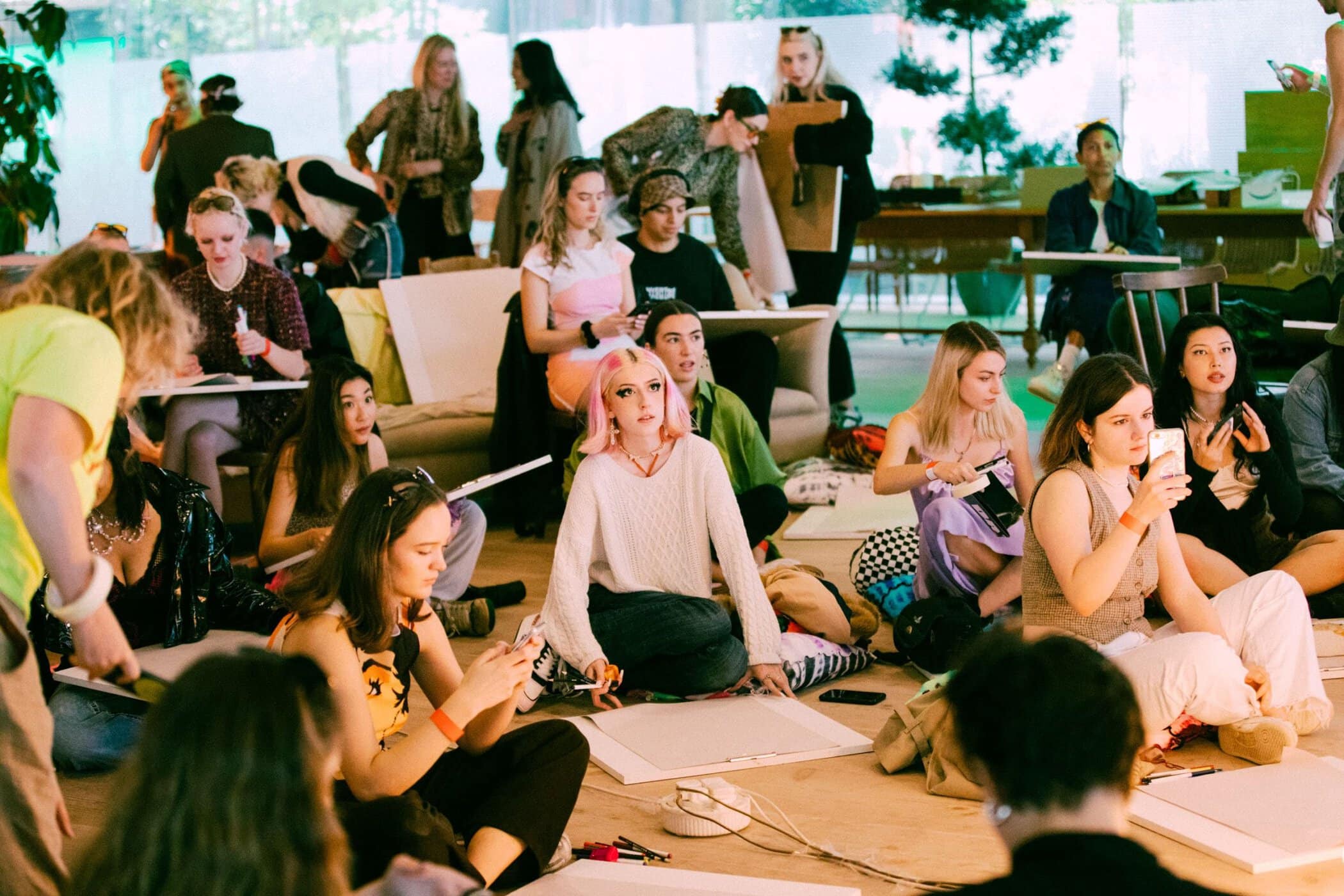
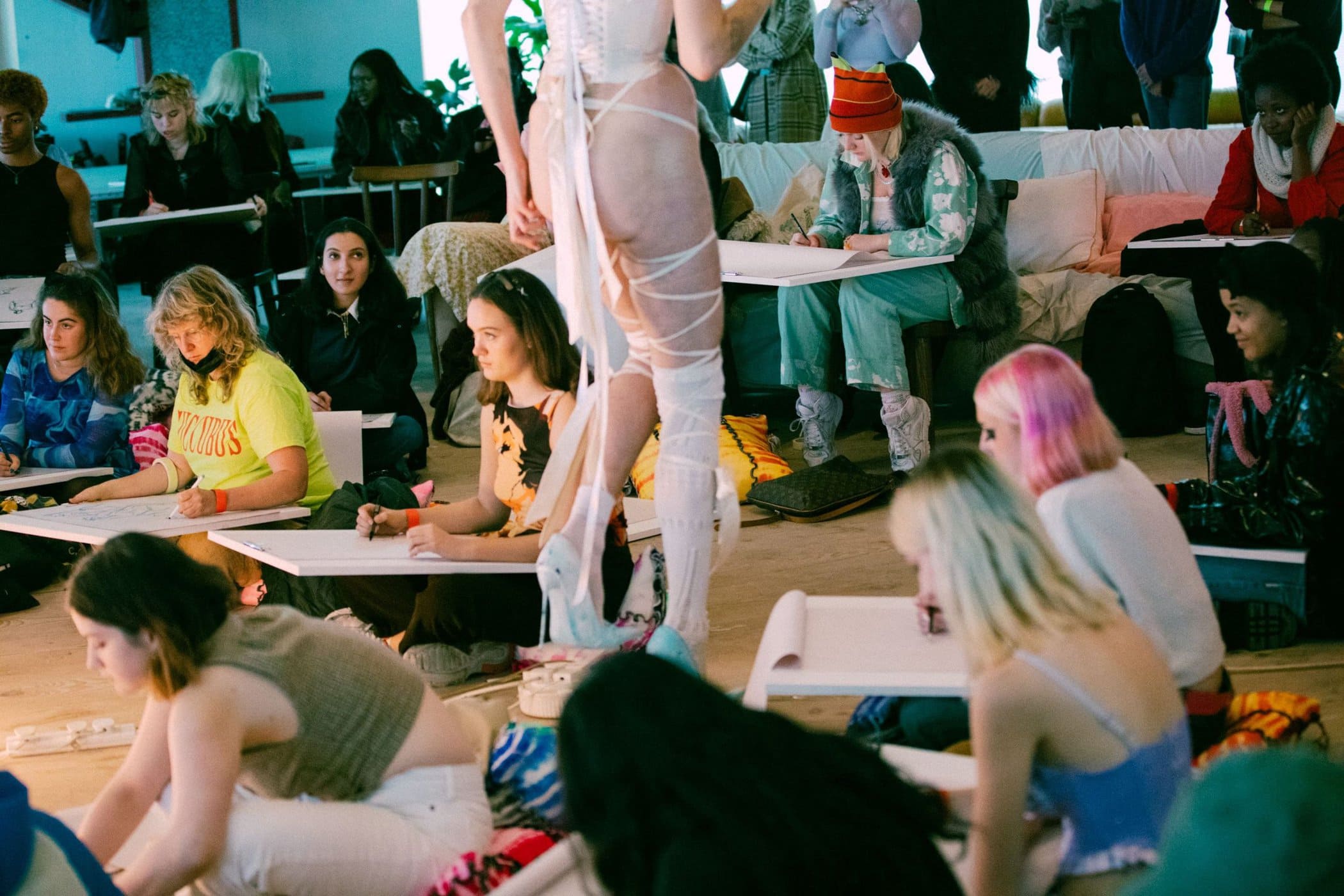
Mark Hooper: I don’t hear anyone else talking about that. They talk about how digital means you can be anywhere, but just being in this physical space is inspiring, because you can see ideas happening.
Jefferson Hack: Yeah. You really need the clubhouse feel. It’s got to have that sharing of ideas; but also the integration. The programming we do here, the library, the show-and-tells that other artists do, the workshops that we run, the open days we have, and then the upskilling program that we’re going to do. We really want to be an accelerator and a hub for young creative minds to fulfill their dreams and their ambitions within the creative industries. And our message is quite simple: you don’t have to wait to have permission. You don’t have to join the corporate machine to survive. You can, if you’re creative, make your own dreams a reality and make your own brand – and create revenue to survive being an artist. And I think that’s the difficult thing right now. Art as a way of life is under threat.
Mark Hooper: We started off talking about cultural curation, but it’s also curating the commercial side for brands isn’t it?
Jefferson Hack: But also, brands get a bad rap. Brands are the biggest cultural investors at the moment. I think brands are doing more for cultural production – alternative, groundbreaking, often political cultural production – than a lot of other institutions. It’s a difficult time in arts funding, and the state isn’t supporting anything. So the brands have filled a massive gap.
I remember in the 90s, when I started, I spent a lot of time with Malcolm McLaren, and he said, ‘It’s the record companies man! They’re the banks of culture. Just go to the record companies and – kerching! – they’ll give you a cheque to make a music video or a crazy project.” You had a whole generation of arts and culture financed by them. Now, when that collapsed, it ended up being fashion brands stepping in. You think about what Gucci and Prada and the Kering Group are financing in terms of cultural production, it’s extraordinary. And it’s not straight-up product brand advertising, it’s a whole load of interesting projects. Gucci is the headline sponsor of LACMA [LA County Museum of Art Art+Film Gala], Chanel is doing a whole program with artists all over the world, Prada has got its foundation – they’re putting their money into the hands and pockets of artists in a way that has never happened before. And there’s this interesting dialogue now between the art world and the fashion world that didn’t exist before.
Where it goes wrong is when those relationships and those power structures get abused, which can happen. For all the Guccis and Chanels in this world, there are a lot of brands that behave in a slightly more suspect way, whether that’s art signaling or virtue signaling or whatever they call. That does go on, and they get called out for it.
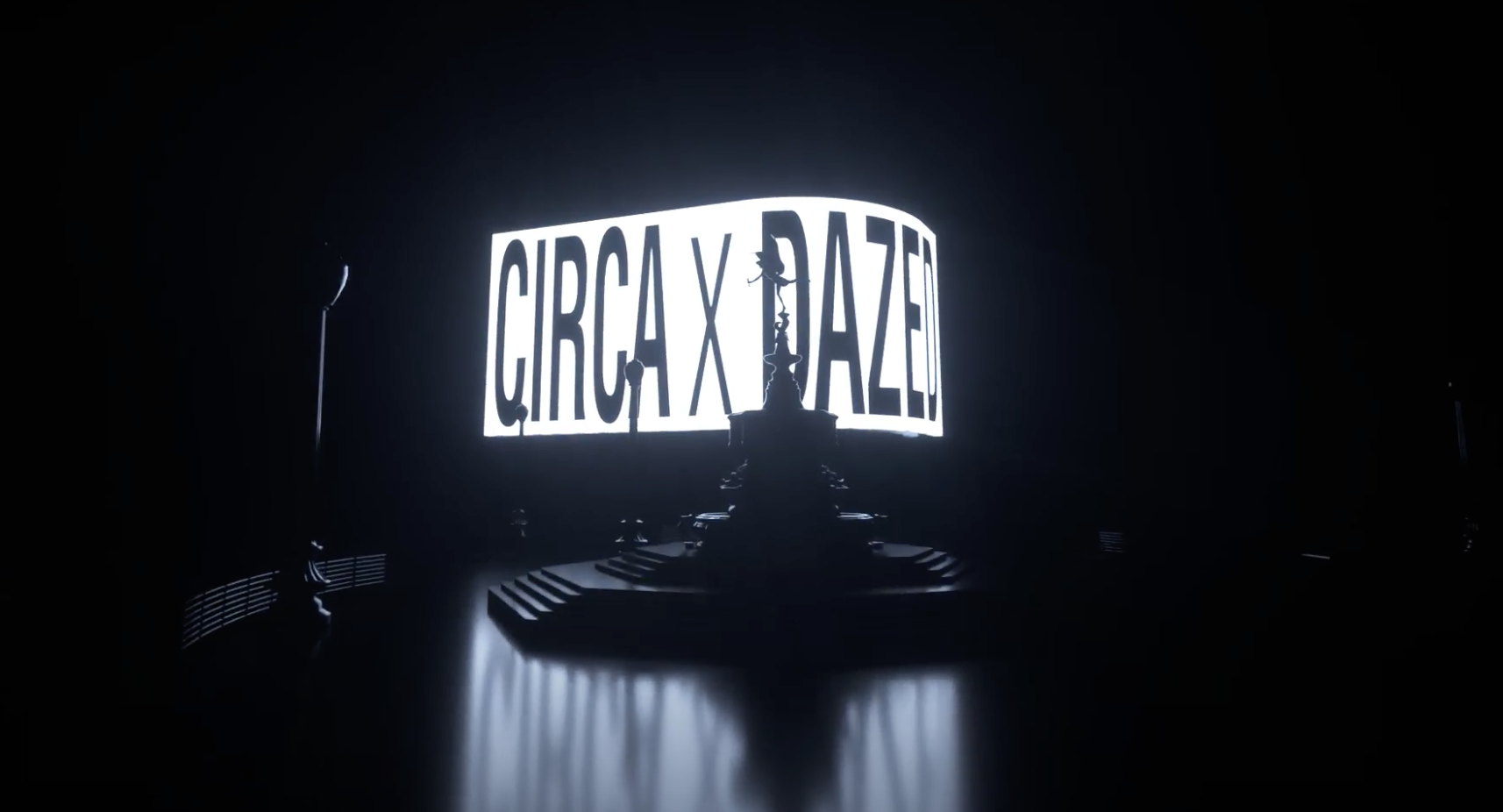
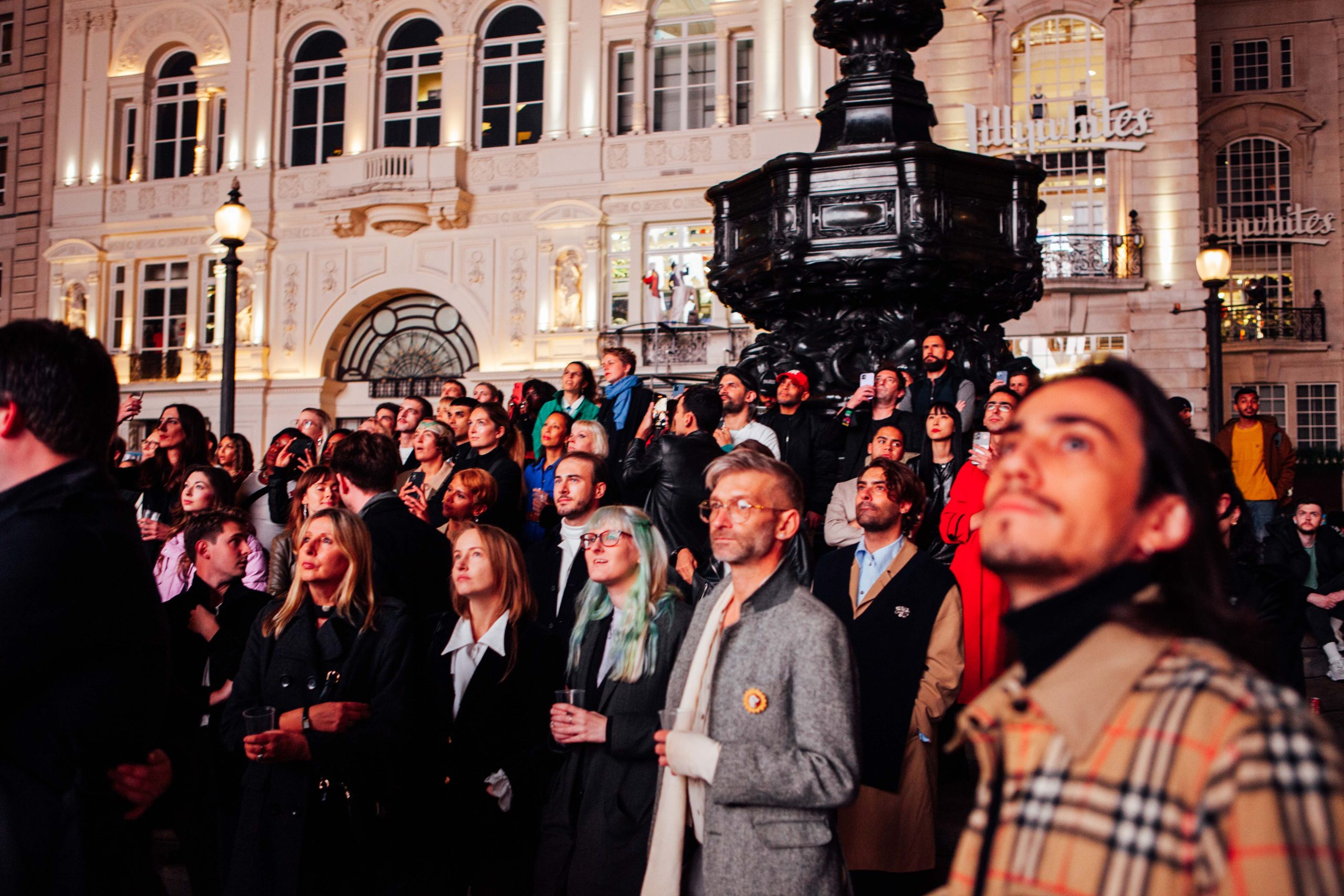
Mark Hooper: It feels that the gaming and the tech giants need to step into that gap – maybe that’s where the connection has to come next, to make them realize they need a bit more social responsibility?
Jefferson Hack: I mean, I don’t think Meta or Elon Musk are going to wake up anytime soon and get conscious. I think it’s about changing the narrative around what ‘influencer’ means, who’s relevant… We want to focus on a narrative around leaders, and say, look, if you’ve got a big social media footprint and you carry a lot of weight on a platform, what are you using it for? How are you using it? And we’ll celebrate you if we feel that you are using it in an empowering way, and we’ll ignore you if we think you’re just using it in a self-serving way.
Mark Hooper: It seems to be that you were very aware of the need to be digitally native before other media brands – you weren’t as rooted in a specific medium, it was more about the idea?
Jefferson Hack: I always knew, ten years ago, that there was a generation of young people that were making moving images on phones and handheld video… The same movement that happened in photography in the 90s and 2010s, when photography became digitized – that same explosion was now happening in moving image. And there needed to be a platform for moving image that was as beautiful and as well curated as any of the best magazines that had been created in the 90s. I could see that there was this whole movement of talent, but they weren’t YouTubers! They weren’t teaching you how to make the best toasted cheese sandwich or how to fix a vintage car – they wanted to be feature film makers or longform documentary makers, they didn’t want to be part of this cheap YouTube culture. Vimeo was kind of a place for that, but it didn’t really function as a viewer experience. So I said, let’s just create a channel where we could have all these incredible shows around design, interiors, gardening, food, that became really popular. Nowness has become the benchmark for shortform video ever since. We launched a ton of careers, incredible directors…
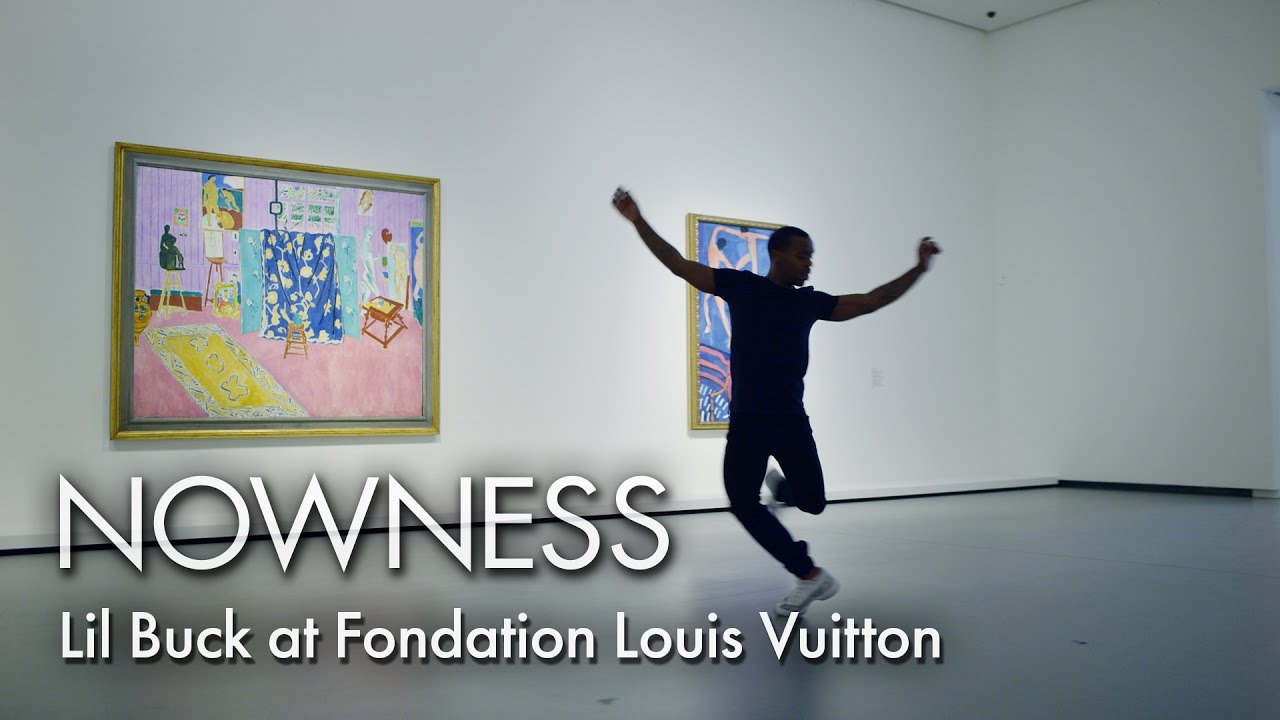

Mark Hooper: And that’s a good example of a brand enabling that…
Jefferson Hack: You know I was lucky, LVMH was an early partner and financier, and there was a high burn rate on that platform. I couldn’t afford to go through the money that it took to establish it. Because video, like web3, is not cheap to produce at scale. But now it’s established, it’s a different thing.
Mark Hooper: Which brings us to what you’re doing at 180 the Strand…
Jefferson Hack: Helping to curate aspects of this building with the owner, Mark Wadhwa, has been a kind of extension of what we do.
We were the posh squatters in here, when it was still a building site, we were the only light on in the building. But for the first six months, it was a beautiful thing to wander around a hard hat zone and see it come to life. The drilling was a bit of a nightmare, but apart from that it was a lot of fun! But I think that this building is a beacon for the future. We’ve attracted a lot of other people to come here, and curated exhibitions, brought communities in here. I think the ‘180-fication’ of London has happened because this building is important in terms of the city’s cultural scene. Mark Wadhwa is a genius at curating that energy and also supporting talent. Having him as a supporter and partner in the new Dazed Space we are developing is the most exciting thing that’s happened. He’s made people think differently about what a building can be, how to bring communities together, the value that creativity has in shaping a place and shaping our futures. And I think that’s been lost for so long, on a mainstream level, where that conversation is not valued and Mark is changing that.
My job is to show the potential of talent. We deal with global culture in Dazed, but we lean heavily on trying to support young people into the creative industries in the UK. And I’m really proud of that.
